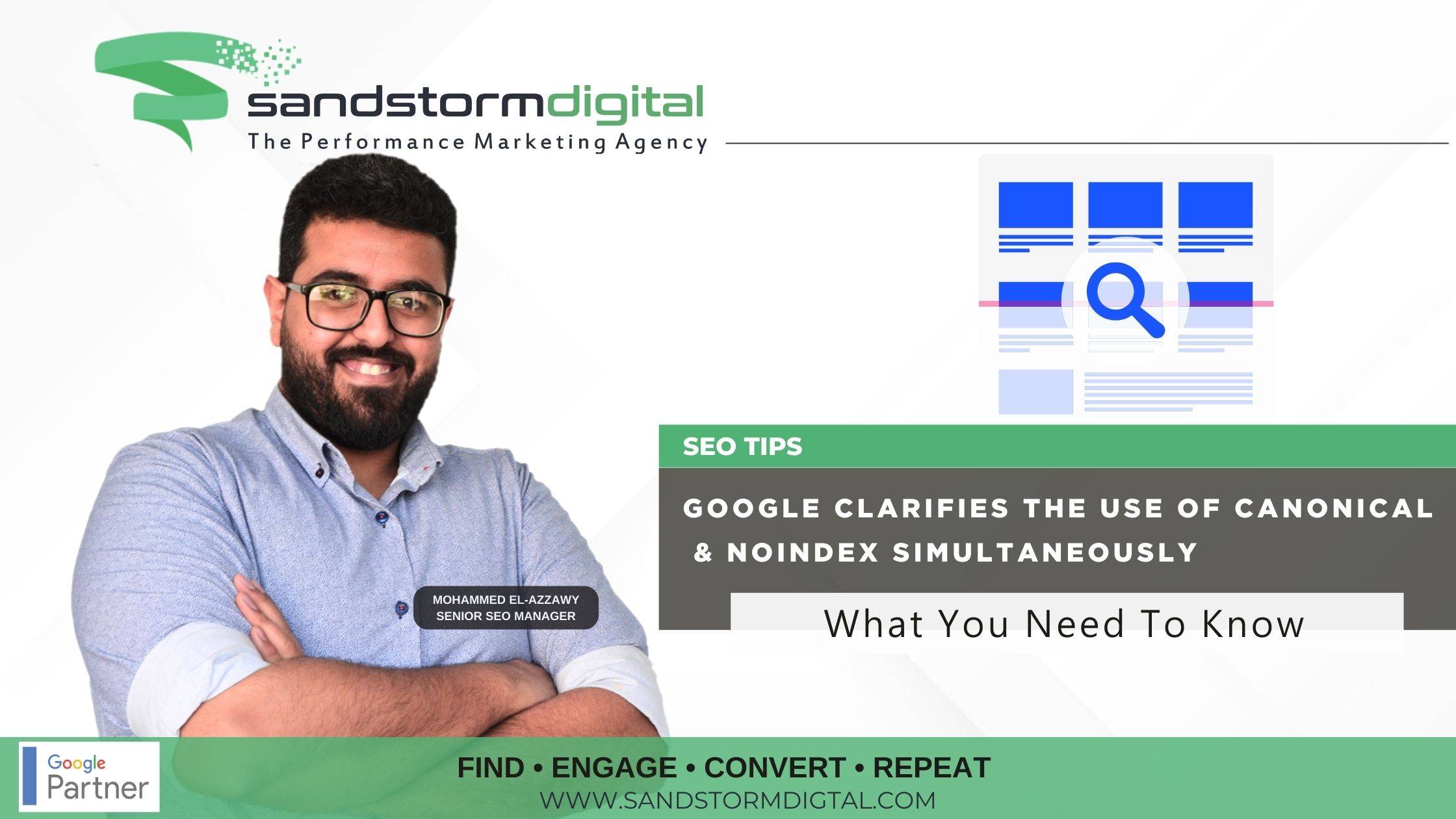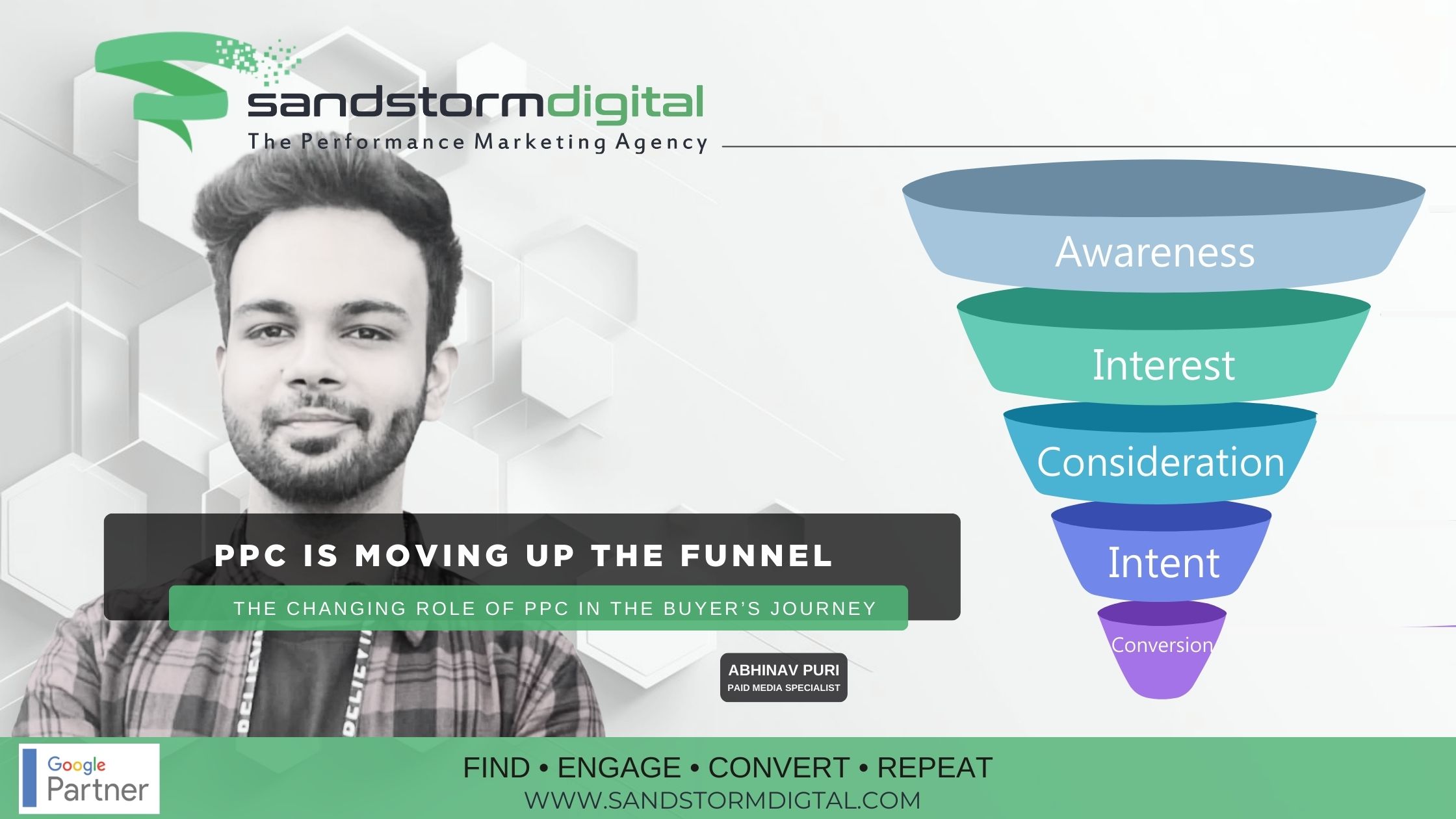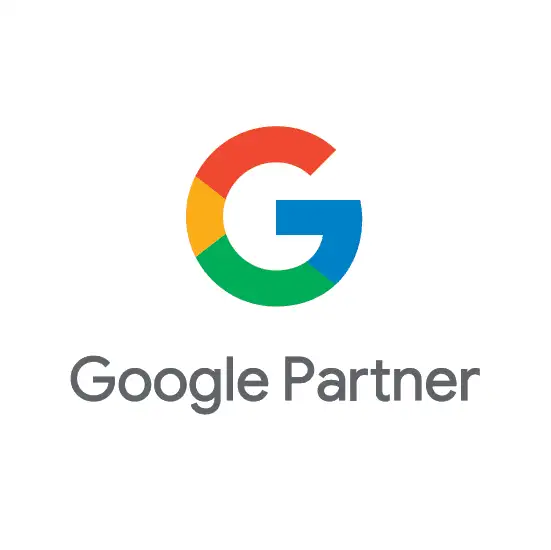For years, there has been confusion within the SEO community about whether it’s acceptable to use a noindex directive and a canonical tag on the same page. Google’s John Mueller has previously hinted that this combination might “maybe” work, leaving room for interpretation. However, in a recent clarification, Mueller provided a more definitive answer, putting this debate to rest.
The Role of Noindex and Canonical Tags
To understand the issue, it’s essential to know the functions of both the noindex directive and the rel=canonical tag.
Noindex: This is a directive that tells search engines not to index a specific page. It’s a clear instruction that Google is required to follow.
Rel=Canonical: This tag signals to search engines that a particular URL should be treated as the preferred version of a page. Unlike noindex, it’s a strong suggestion rather than a command, meaning Google may choose to ignore it.
The challenge arises because if a page is marked with noindex, Google won’t index that page—potentially making the canonical tag redundant. If Google doesn’t index the page, how would it detect the canonical tag? This is where the confusion has stemmed from in the past.
Mueller On The Issue In 2021
In a 2021 SEO Office Hours video, John Mueller initially advised that it’s better to choose either the canonical tag or the noindex directive. However, he also suggested that using both might work in some cases, explaining that Google might still forward signals like external links to the canonical version of the page, even when noindex is applied. This led to uncertainty within the SEO community, as Mueller left the door open with a cautious “maybe.”
The Latest Clarification from Mueller
In his most recent comments, John Mueller clarified his stance, advising SEOs to stick to one approach: either the noindex or the canonical tag, but not both. He explained that while links on a noindexed page can be picked up, it’s not guaranteed, making the outcome unpredictable.
Mueller emphasized the importance of clear directives in SEO:
“SEO is often about making your preference very clear and not relying on ‘maybes’. In many cases, having a strong site structure that works well with search engines is more effective than over-focusing on individual elements like links.”
Why Google’s Handling of Canonical and Noindex is Unpredictable
To further explain why there’s no guarantee that signals will be forwarded when both tags are used, Mueller pointed to technical nuances within Google’s algorithm. In a 2020 tweet, Google’s Gary Illyes mentioned that while a page marked as noindex will never reach Google’s index, it can still be used for internal calculations like link graphs.
The “link graph” refers to Google’s internal map of the relationships between web pages, which is used to assess link authority and relevance. This explains why some link signals might still be passed on, even when a page is marked with noindex.
For SEO professionals, the key takeaway from Mueller’s clarification is to avoid combining the noindex directive with the rel=canonical tag. While there may be rare instances where some signals are passed on, relying on a single, clear directive is the best practice for ensuring consistent and predictable outcomes. Focusing on building a well-structured site that aligns with search engine guidelines is far more effective than banking on uncertain tactics.
By simplifying your approach and opting for either noindex or canonical—but not both—you’ll help ensure your SEO efforts are clear, actionable, and in line with Google’s best practices.











